The Best Veggies To Plant Together For A Healthy Productive Garden
Introduction
Companion planting is a gardening technique that involves planting certain vegetables together to benefit each other. By planting compatible plants together, you can improve your garden's health, productivity, and pest control.
There are many different factors to consider when choosing companion plants, such as their growth habits, nutrient needs, and pest preferences. In general, you want to plant plants that have similar water and sunlight requirements, and that don't compete for nutrients or attract the same pests.
Main Content
Here are some of the best veggies to plant together:
- Tomatoes and basil: Basil is a natural pest repellent that can help to protect tomatoes from aphids, spider mites, and whiteflies. It also improves the flavor of tomatoes.
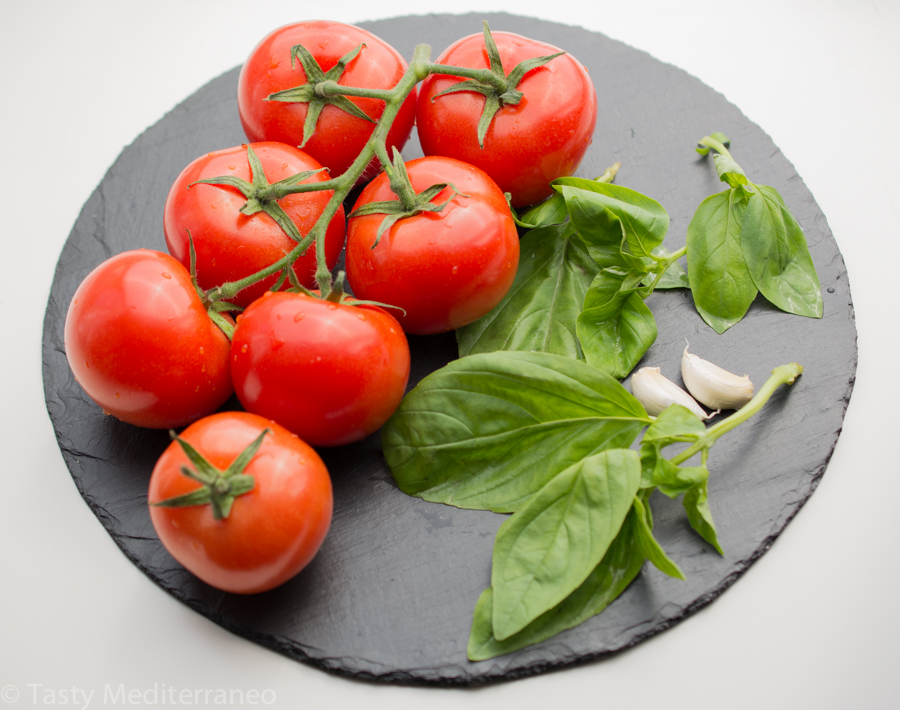
- Beans and corn: Beans fix nitrogen in the soil, which benefits corn. Corn provides shade for beans, which helps to keep them cool.

- Carrots and onions: Carrots and onions have different root systems, so they don't compete for space. Onions also help to repel carrot flies.
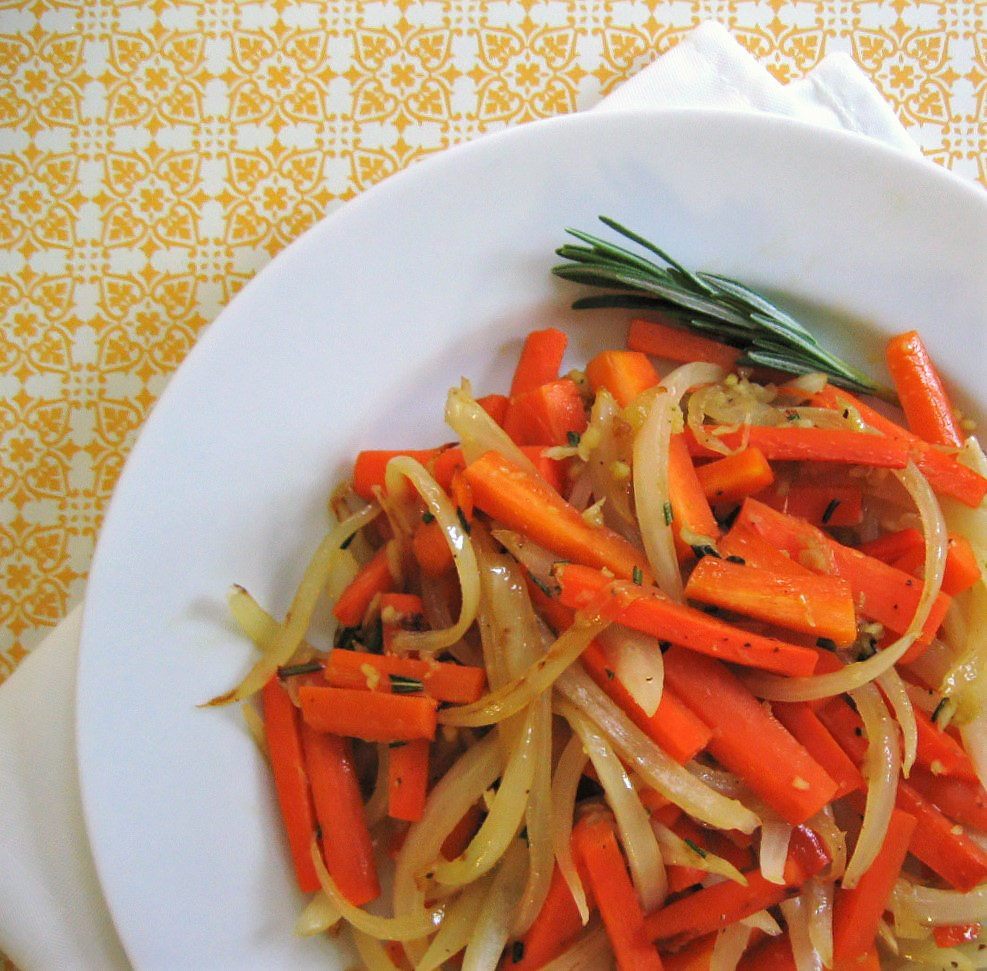
- Cucumbers and melons: Cucumbers and melons need a lot of water, so they benefit from being planted together. They also help to shade each other, which helps to keep them cool.

- Lettuce and spinach: Lettuce and spinach grow well in the same conditions, and they don't compete for nutrients. They also make a delicious salad!
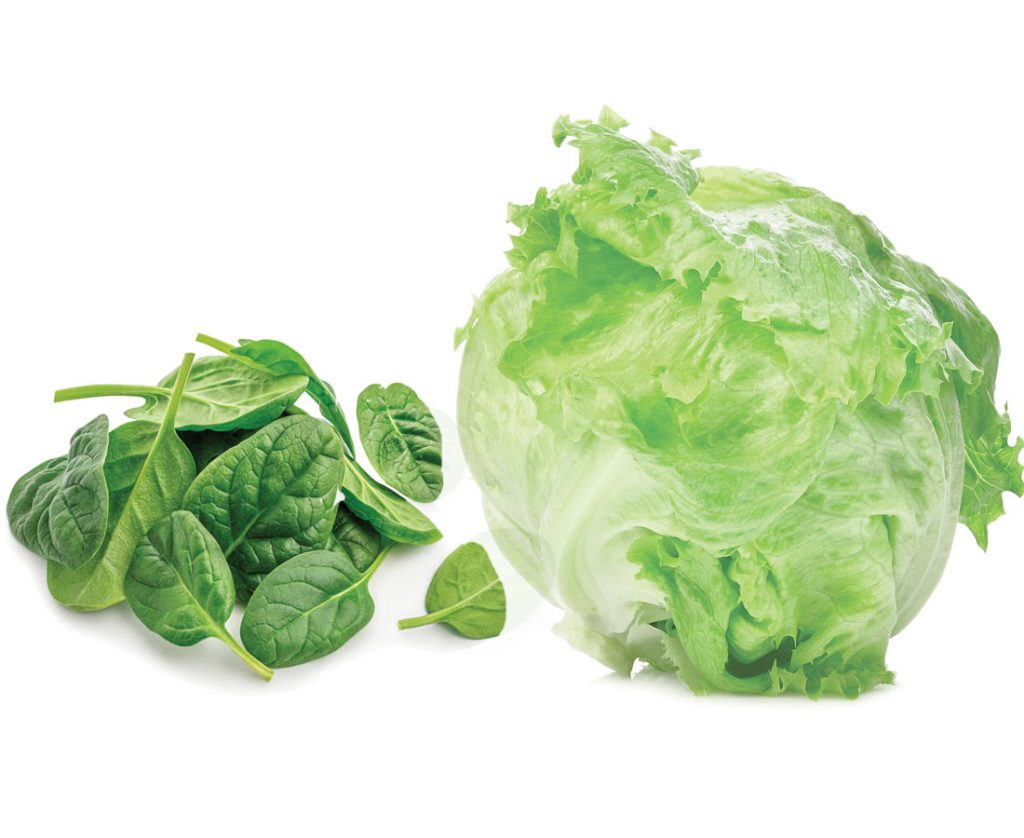
- Peas and carrots: Peas and carrots have different root systems, so they don't compete for space. Peas also help to improve the flavor of carrots.
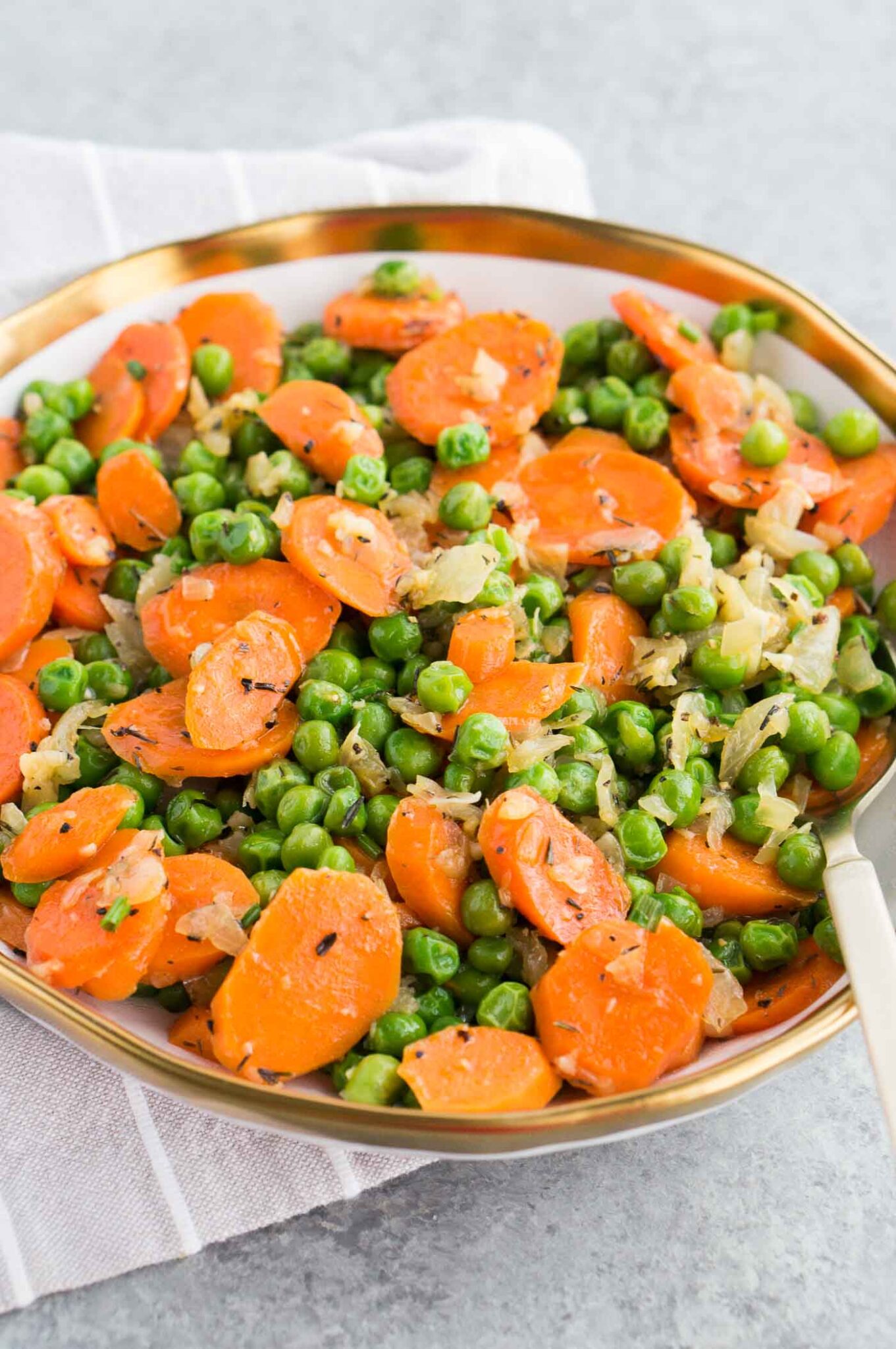
- Potatoes and tomatoes: Potatoes and tomatoes have different nutrient needs, so they don't compete for nutrients. They also help to shade each other, which helps to keep them cool.
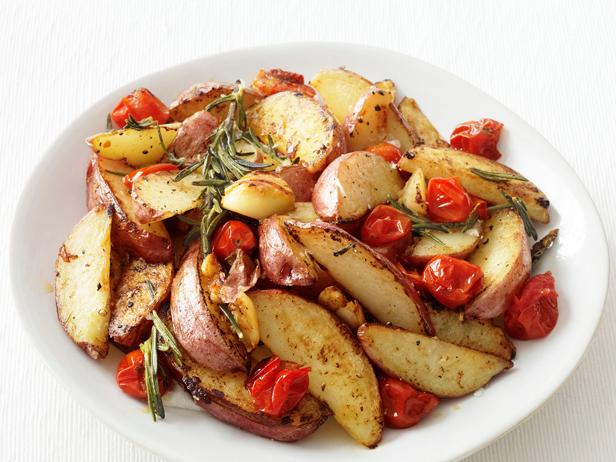
- Squash and pumpkins: Squash and pumpkins need a lot of space, so they're best planted together. They also help to shade each other, which helps to keep them cool.

Conclusion
Companion planting is a great way to improve the health, productivity, and pest control of your garden. By planting compatible plants together, you can create a more balanced and harmonious ecosystem that will benefit you and your plants.
Here are some additional tips for companion planting:
- Do your research before planting. There are many different resources available that can help you to determine which plants are compatible.
- Pay attention to the growth habits of your plants. Some plants, such as tomatoes, need a lot of space to grow. Others, such as lettuce, can be planted closer together.
- Experiment. There is no one-size-fits-all approach to companion planting. The best way to find out what works for you is to experiment and see what happens.
I hope this blog post has inspired you to try companion planting in your own garden. With a little planning, you can create a healthy, productive, and pest-free garden that will provide you with delicious, fresh vegetables all season long.
Do you want to grow a bountiful vegetable garden? If so, you need to know about companion planting. Companion planting is the practice of planting certain vegetables together because they benefit each other. For example, basil helps to repel pests from tomatoes, and marigolds help to attract beneficial insects.
There are many different companion planting combinations, so it's important to do some research to find the best ones for your garden. You can find a lot of information about companion planting online, or you can consult a gardening book or magazine.
[WEBSITE ADDRESS] is a great resource for information about companion planting. They have a comprehensive list of companion planting combinations, as well as tips on how to get started with companion planting.
FAQ of best veggies to plant together
Q: What are some of the best vegetables to plant together?
A: There are many great vegetables that can be planted together, but some of the most popular pairings include:
- Basil and tomatoes: These two plants are a classic combination for a reason. Basil helps to repel pests that can damage tomatoes, and tomatoes provide the perfect growing conditions for basil.

- Carrots and onions: These two vegetables have different root systems, so they won't compete for resources. Onions also help to repel carrot flies, which can be a problem for carrots.

- Peas and beans: These two legumes are nitrogen-fixing plants, which means they can help to improve the soil quality for other plants in the garden. They also benefit from being planted together, as they can help to support each other's growth.

- Lettuce and radishes: These two quick-growing vegetables can be planted together in the same bed. Lettuce will mature first, and then the radishes can be harvested. This helps to maximize the space in your garden.

- Pumpkins and corn: These two plants can be planted together to create a mutually beneficial relationship. The corn provides support for the pumpkins, and the pumpkins help to shade the soil, which can help to keep the corn roots cool.

Q: What are some vegetables that should not be planted together?
A: There are a few vegetables that should not be planted together, as they can compete for resources or attract pests. Some of these vegetables include:
- Cabbage and cauliflower: These two vegetables are members of the Brassica family, and they can cross-pollinate if they are planted too close together. This can result in a loss of flavor and quality in the vegetables.

- Onions and garlic: These two vegetables can release chemicals that can stunt the growth of other plants. It is best to plant them at least 6 inches away from other vegetables.

- Peppers and tomatoes: These two vegetables can attract the same pests, so it is best to plant them in separate areas of the garden.

- Potatoes and eggplants: These two vegetables can be susceptible to the same diseases, so it is best to plant them in separate areas of the garden.

Q: What are some tips for companion planting?
A: Here are some tips for companion planting:
- Consider the height of the plants: Tall plants should be planted behind shorter plants, so that they don't shade out the shorter plants.
- Consider the water needs of the plants: Plants with different water needs should not be planted too close together, as this can lead to problems with overwatering or underwatering.
- Consider the root systems of the plants: Plants with different root systems can be planted together, as they will not compete for resources.
- Consider the pests and diseases that are common in your area: Plant vegetables that are not susceptible to the same pests and diseases.
- Experiment: There is no one-size-fits-all answer to companion planting. The best way to find out what works for your garden is to experiment.
Image of best veggies to plant together
null
Home Gardening
Post a Comment for "The Best Veggies To Plant Together For A Healthy Productive Garden"